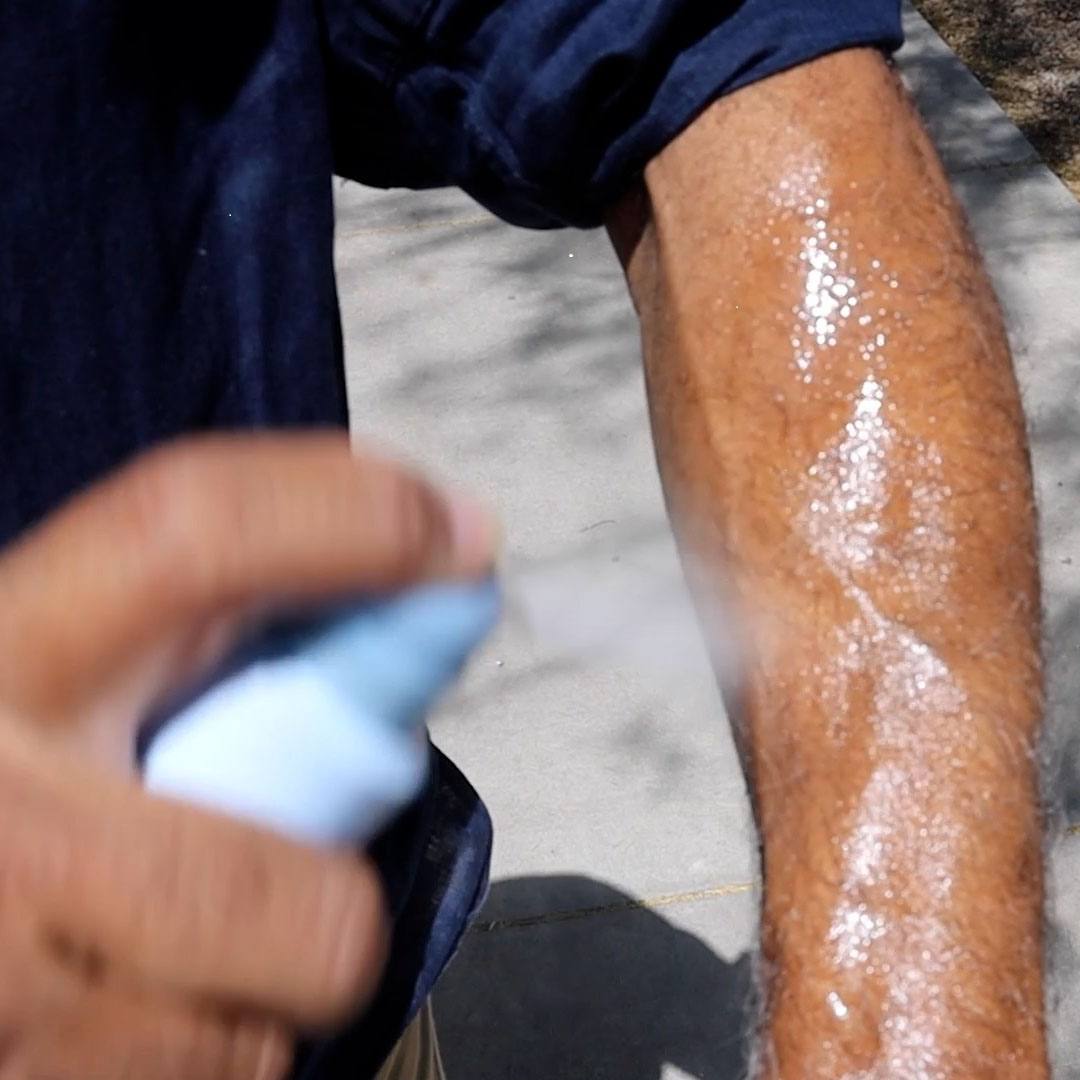-
Featured News
Consumer Health: Don’t let jet lag drag you down

If you have travel plans this summer — whether for work or play — don't let jet lag get in your way.
Jet lag, also called jet lag disorder, is a temporary sleep problem that can affect anyone who travels across multiple time zones.
Sleep provides the foundation for all your daily habits and decisions. Getting enough quality rest each night is essential for optimal health. But a time shift ― even by one hour ― can take a toll on your sleep.
Your body has its own internal clock that signals when to stay awake and when to sleep. Jet lag occurs because your body's clock is still synced to your original time zone instead of to the time zone where you've traveled. The more time zones crossed, the more likely you are to experience jet lag.
Jet lag can cause daytime fatigue, an unwell feeling, difficulty staying alert and gastrointestinal problems. While it's temporary, jet lag can reduce your vacation or business travel comfort significantly. Fortunately, you can take steps to prevent or minimize jet lag.
Sunlight is the most powerful natural tool for resetting your internal clock and regulating your sleep-wake cycle. Morning light exposure can help you adjust to an earlier time zone (traveling eastward), while evening light helps you adapt to a later time zone (traveling westward).
Plan ahead to determine the best times for light exposure based on your departure and destination points, and overall sleep habits:
- Before your trip
You can start light therapy up to three days before travel to help you adjust to your new time zone before you arrive at your destination. If you're traveling east, try waking about one hour earlier than your usual wake time and get at least one hour of light exposure. Do this daily until you leave for your trip, waking one hour earlier each day. You also should adjust your bedtime to one hour earlier each night if possible. For westward travel, delay your wake and bedtimes. - At your destination
If you've traveled eastward and crossed three to five time zones, try avoiding bright daylight first thing in the morning. Try to get several hours of bright light exposure in mid to late morning. If you're crossing more time zones or traveling west, avoid bright light the morning of arrival, but seek sunshine in the early afternoon. During the day, dark glasses can help block out light when you need to avoid exposure. At night, draw the window blinds or drapes or use a sleep mask. For each day on your trip, gradually shift your light exposure earlier.
Connect with others in the Sleep Health support group on Mayo Clinic Connect, an online patient community moderated by Mayo Clinic.
Related Articles







